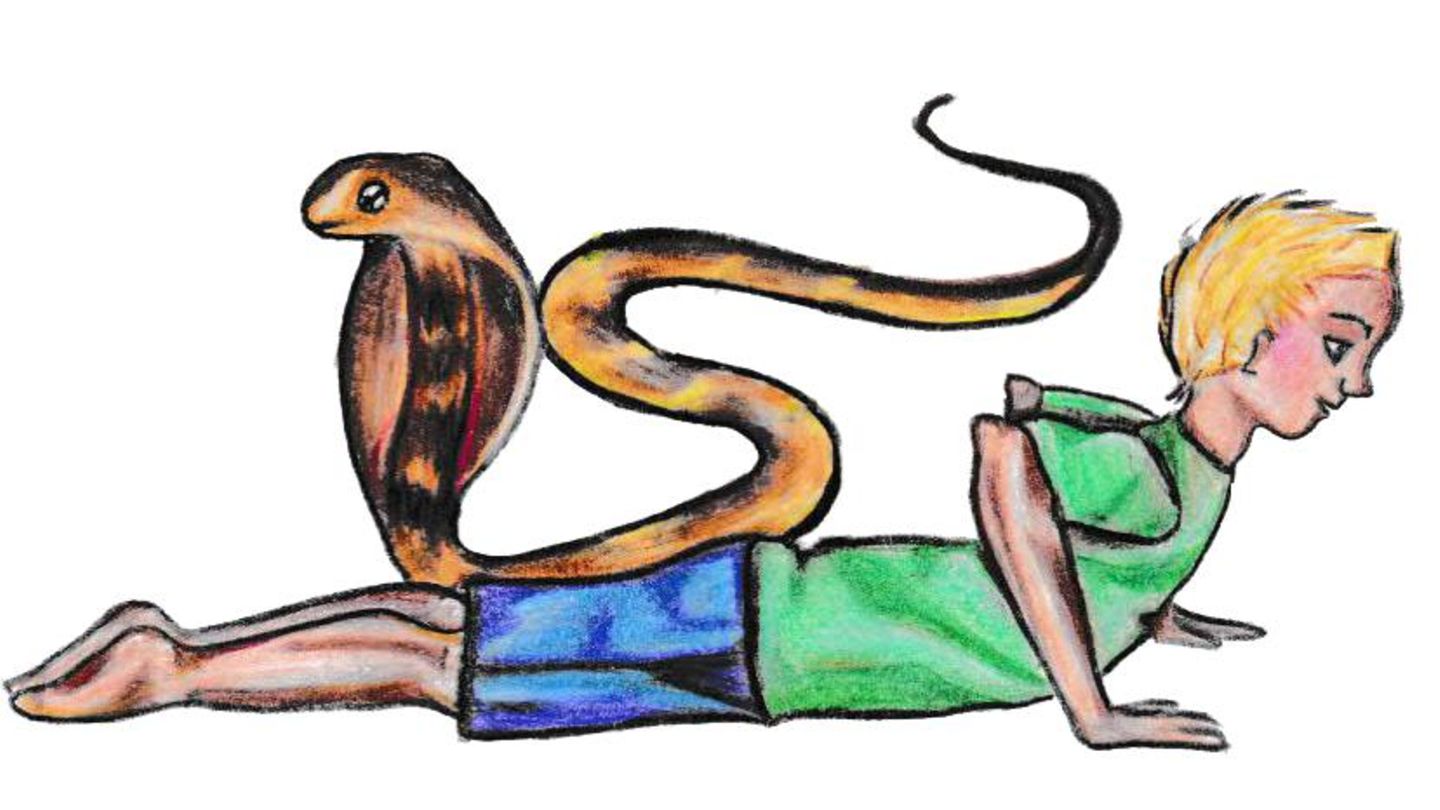I am Pierce Boyd, a driven and ambitious professional working in the news industry. I have been writing for 24 Hours Worlds for over five years, specializing in sports section coverage. During my tenure at the publication, I have built an impressive portfolio of articles that has earned me a reputation as an experienced journalist and content creator.
Menu
Yoga for children: Seven asanas from tree to cobra to get you started
Categories
Most Read
Sergio Romero, close to signing his departure from Boca to join another Argentine team
October 14, 2025
No Comments
Rota Scaloni: the formation of the Argentine National Team against Puerto Rico tonight
October 14, 2025
No Comments
Cape Verde: the smallest country to enter a soccer World Cup and 9 other curiosities of the African archipelago
October 14, 2025
No Comments
Formula 1: the new overtaking system that will replace DRS and will put Alpine to the test in 2026
October 14, 2025
No Comments
How did the Argentine National Team do in the semifinals of the U-20 World Cup?
October 14, 2025
No Comments
Latest Posts

Opposition victory in Cameroon election?
October 14, 2025
No Comments
Opposition candidate Issa Tchiroma Bakary (79) declared himself the winner. Long-time president Paul Bija (92, left) with his wife Chantal The 79-year-old announced on Tuesday:

Tension due to the shortage of pesos: the Treasury must choose between validating very high rates or releasing liquidity to the market
October 14, 2025
No Comments
Short rates in pesos once again register a marked bullish pressure in the midst of a context of strong illiquidity in the financial system. In

The final of the 2025 Buenos Aires Games began in Mar del Plata
October 14, 2025
No Comments
October 14, 2025 – 14:07 More than 30 thousand finalists from all over the province are participating since this Monday in the decisive stage of
24 Hours Worlds is a comprehensive source of instant world current affairs, offering up-to-the-minute coverage of breaking news and events from around the globe. With a team of experienced journalists and experts on hand 24/7.

